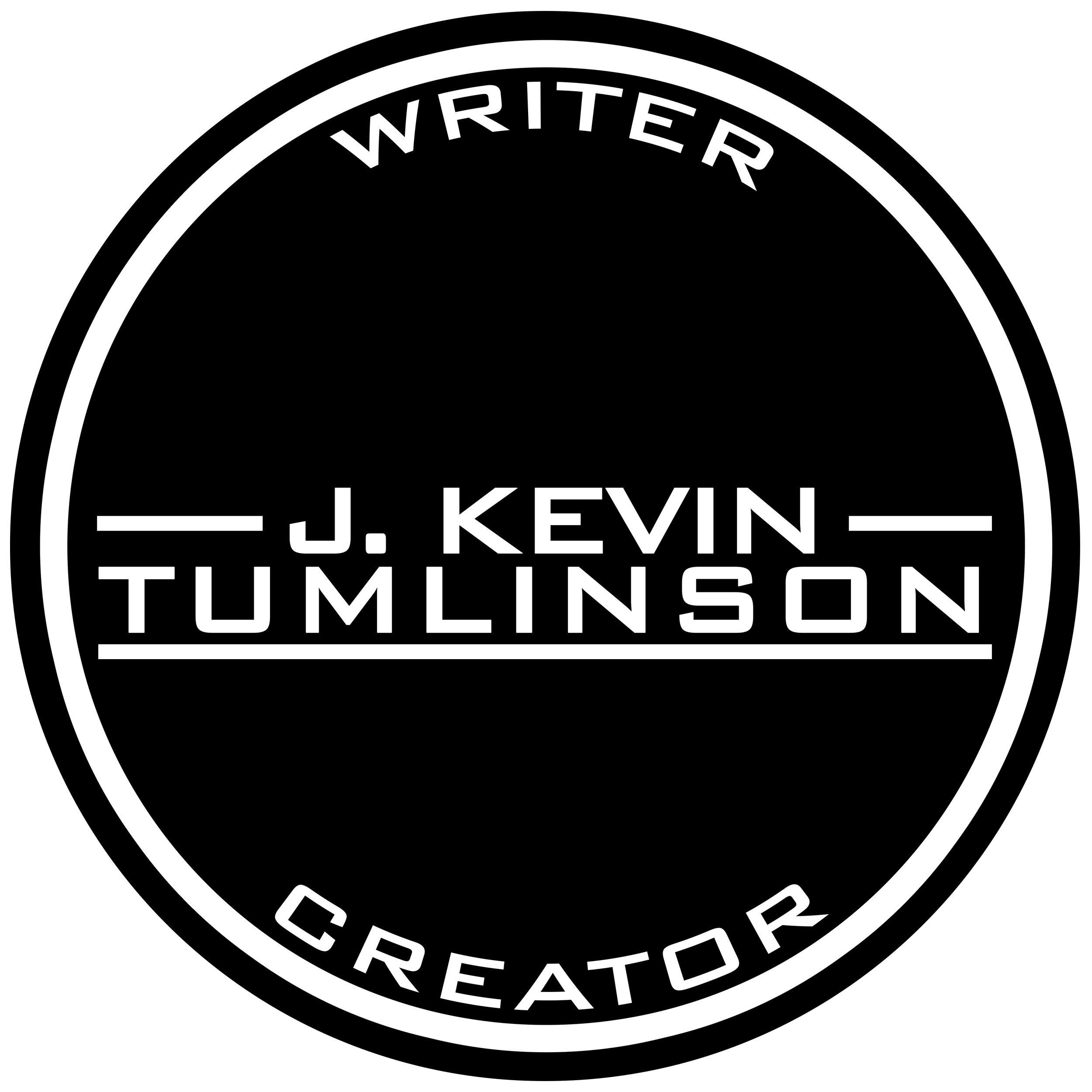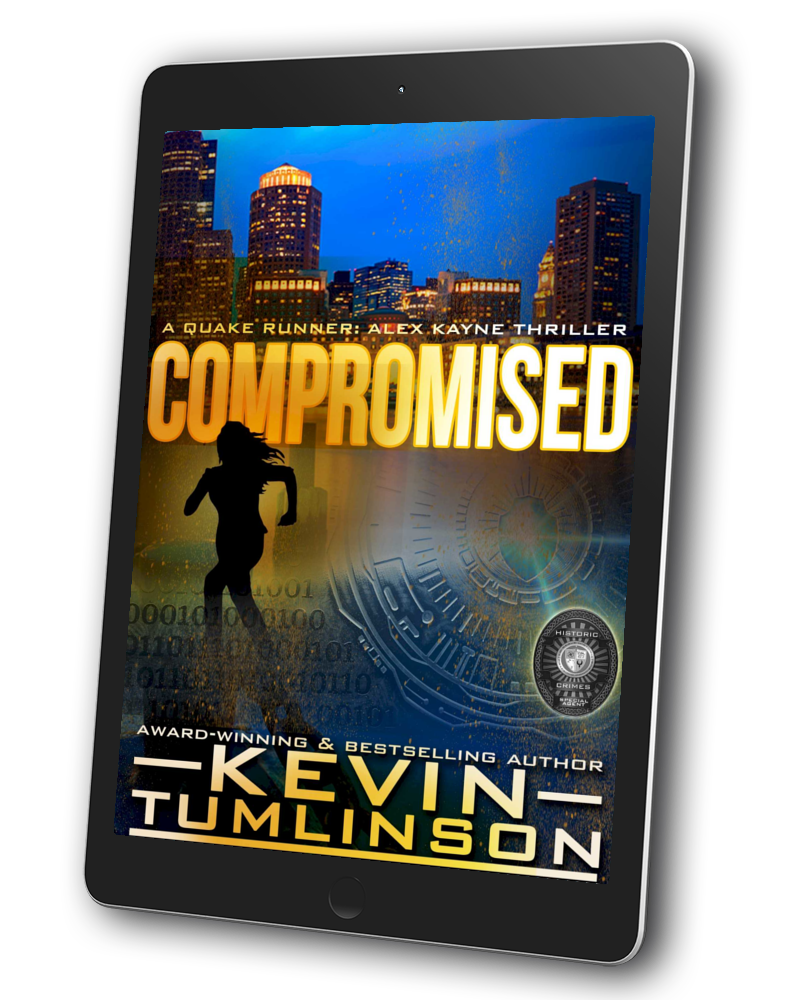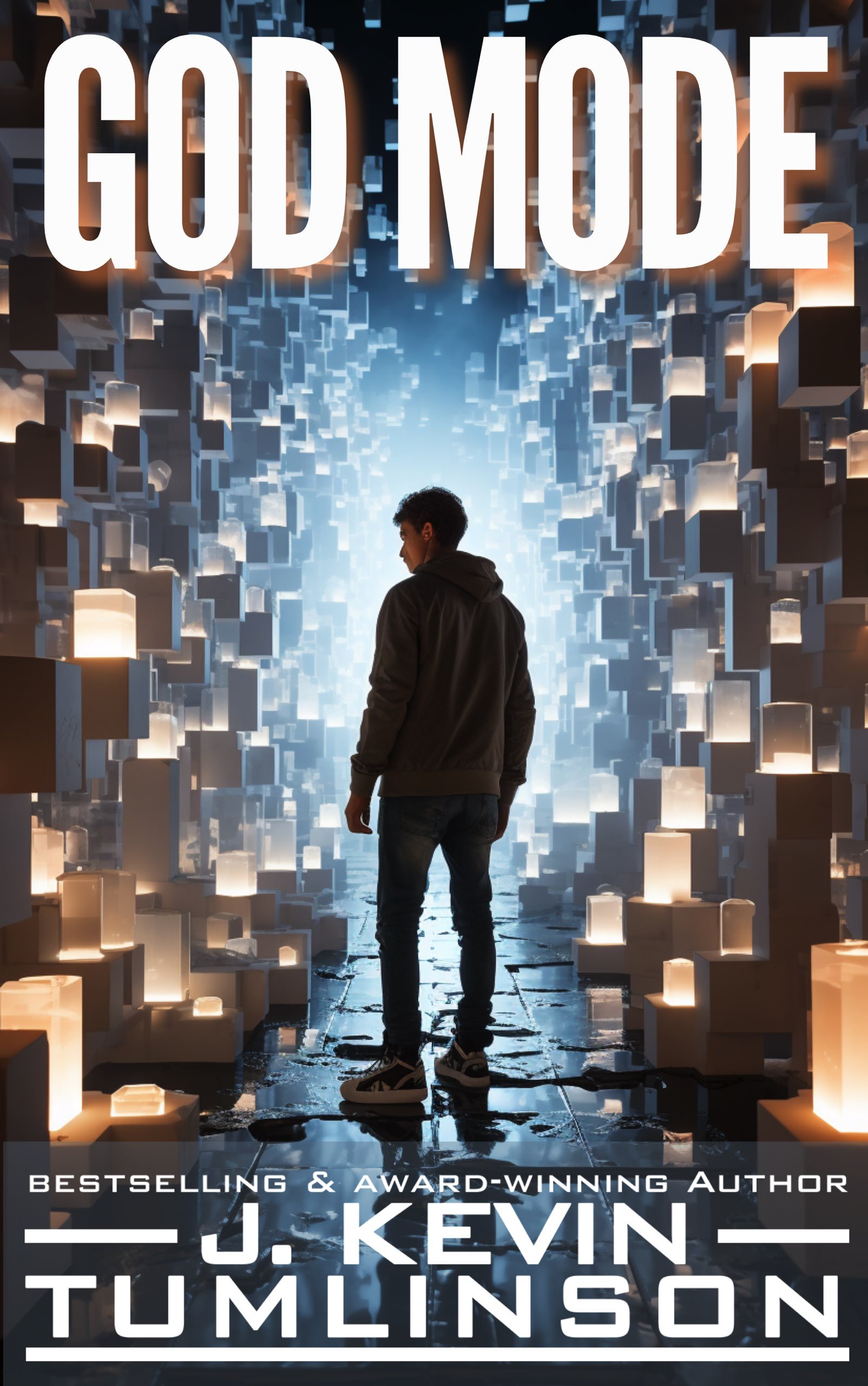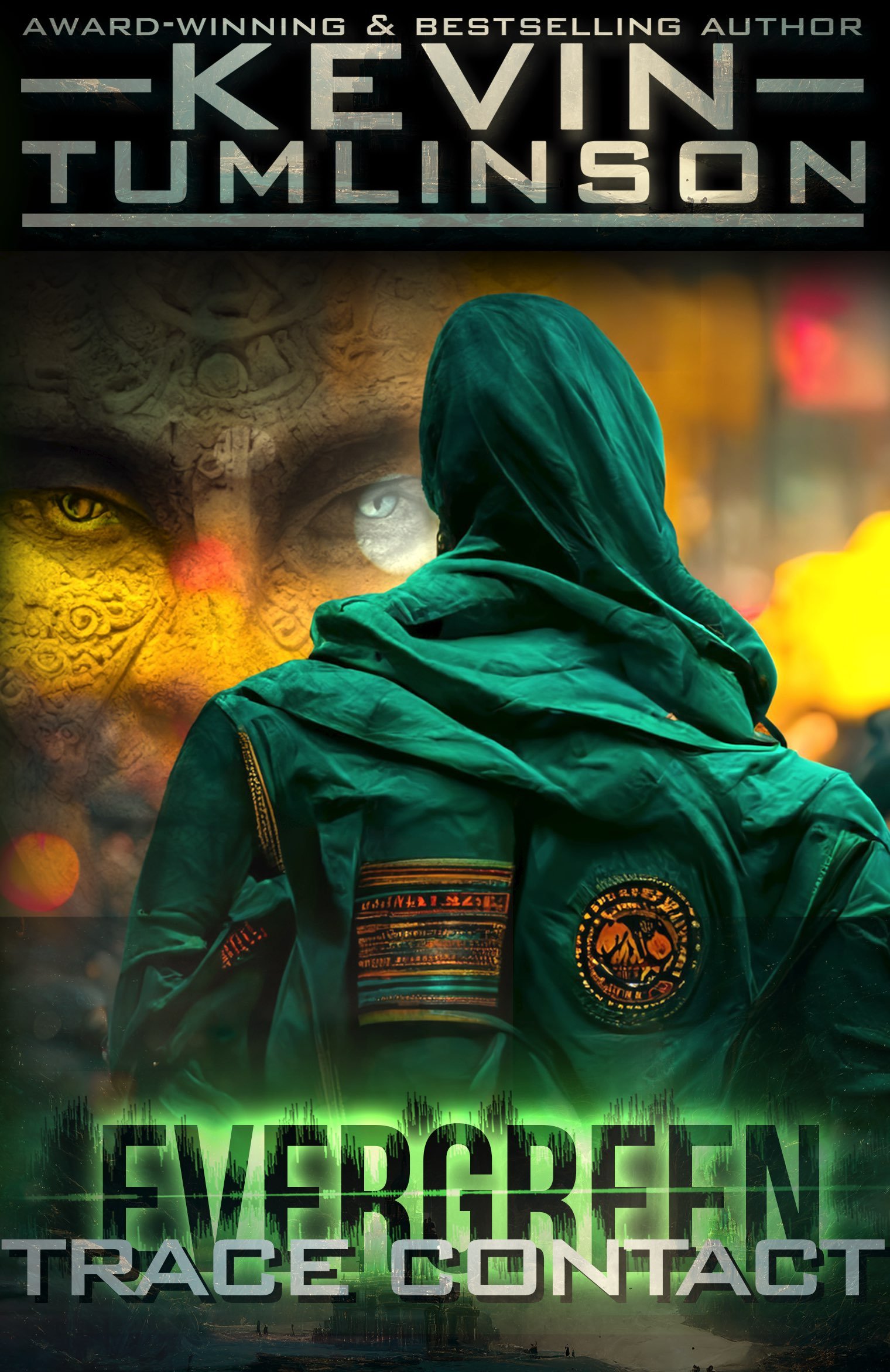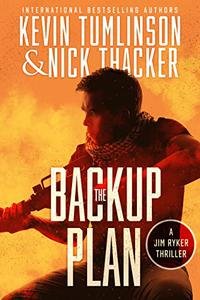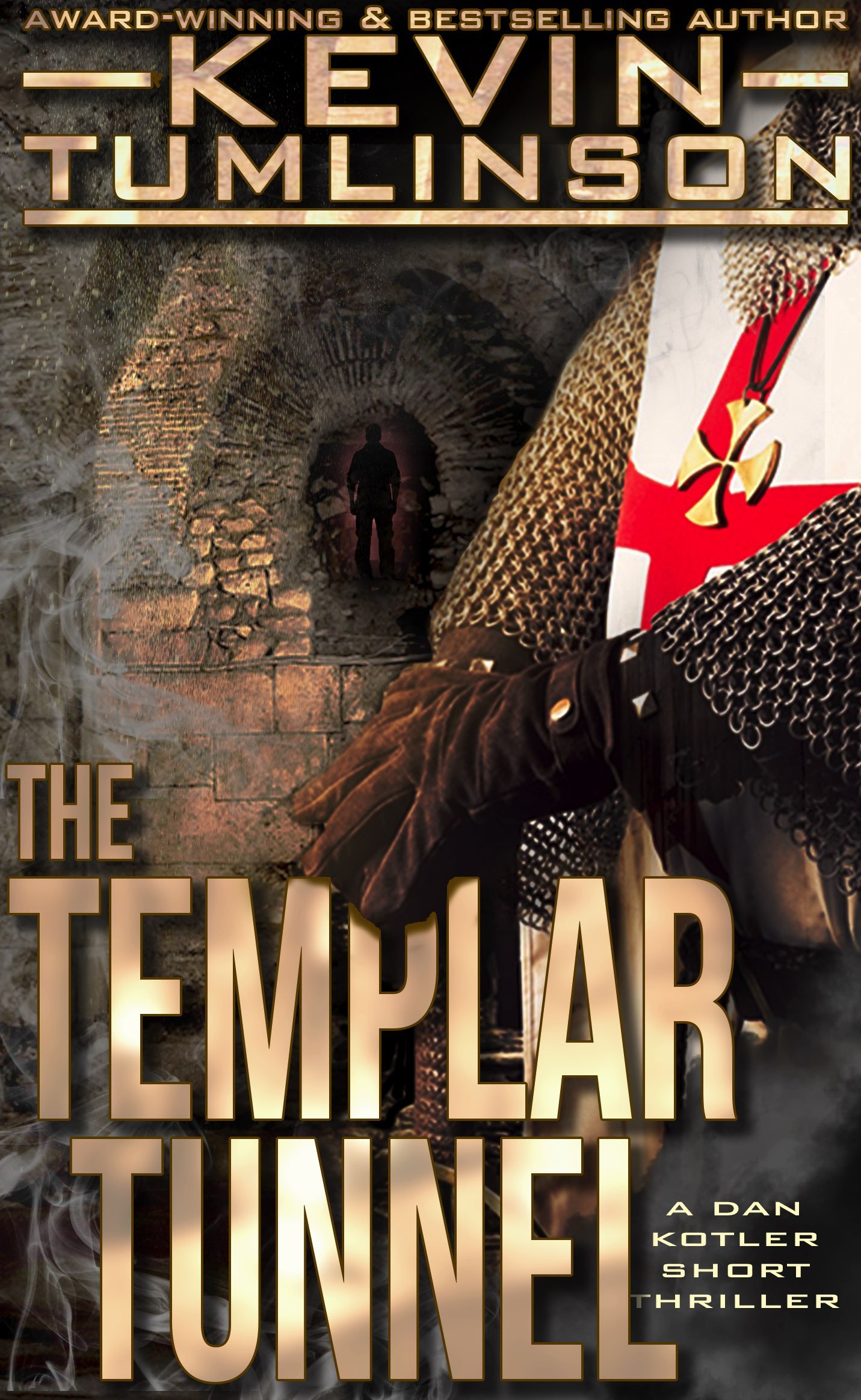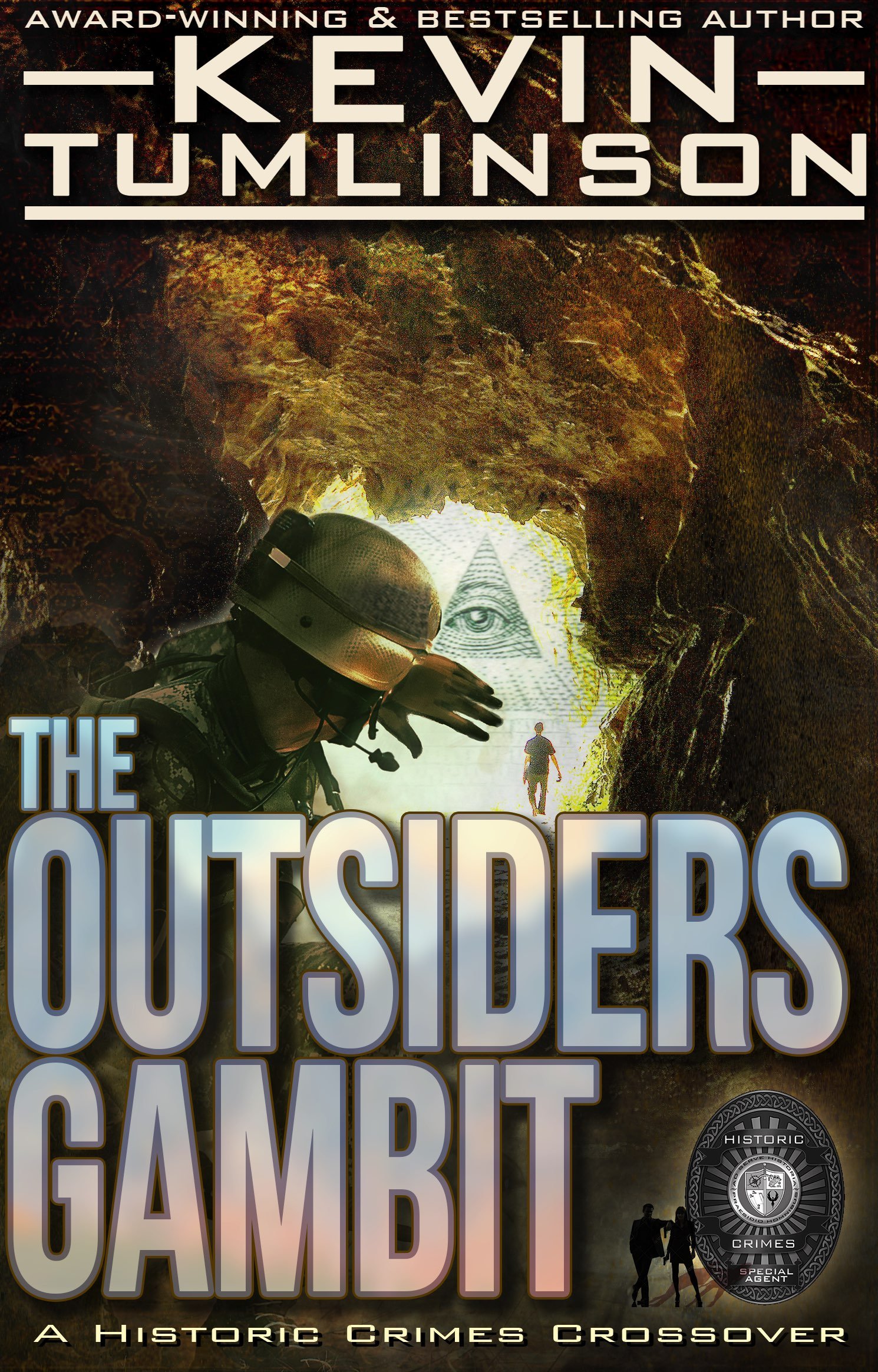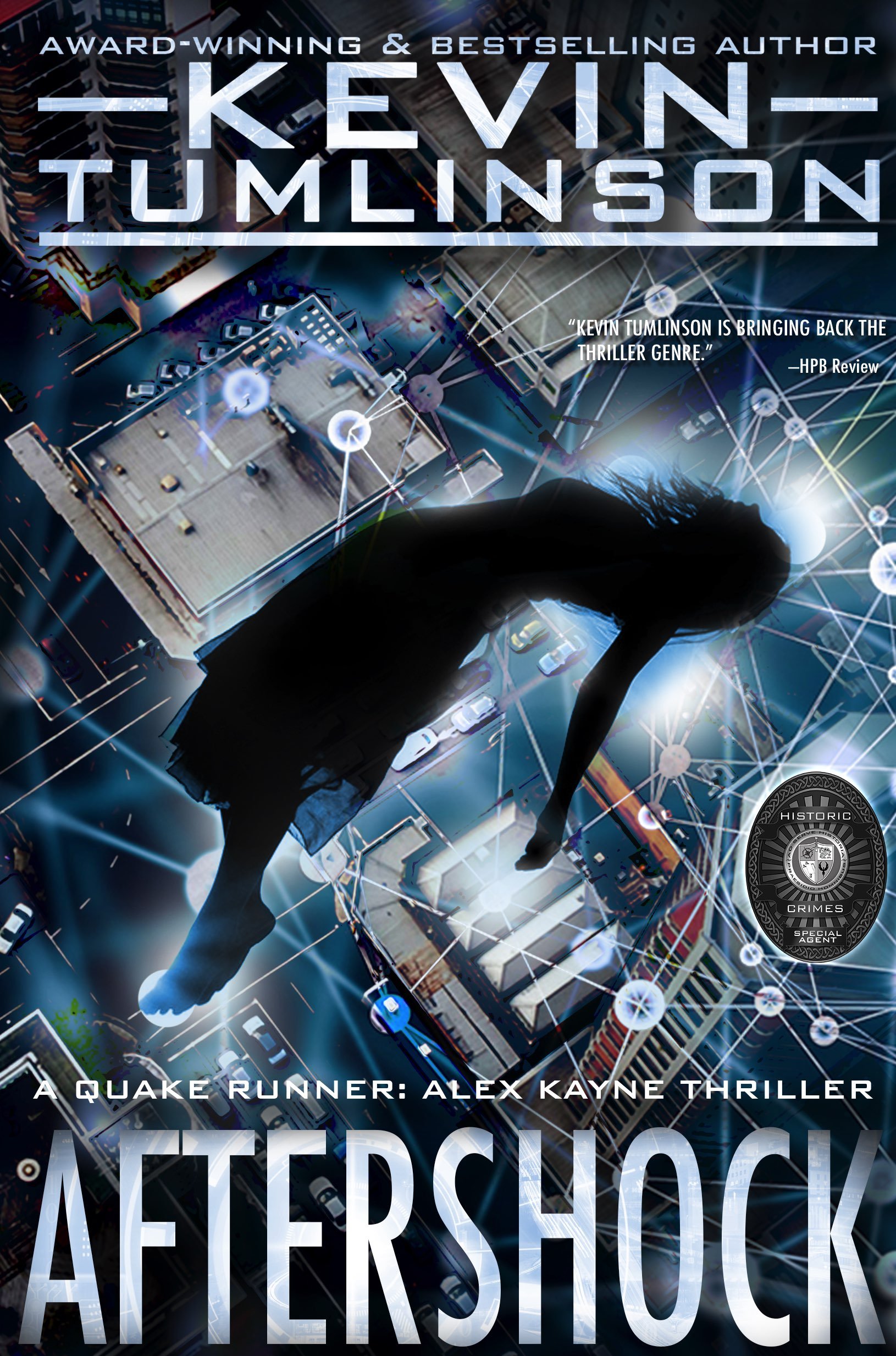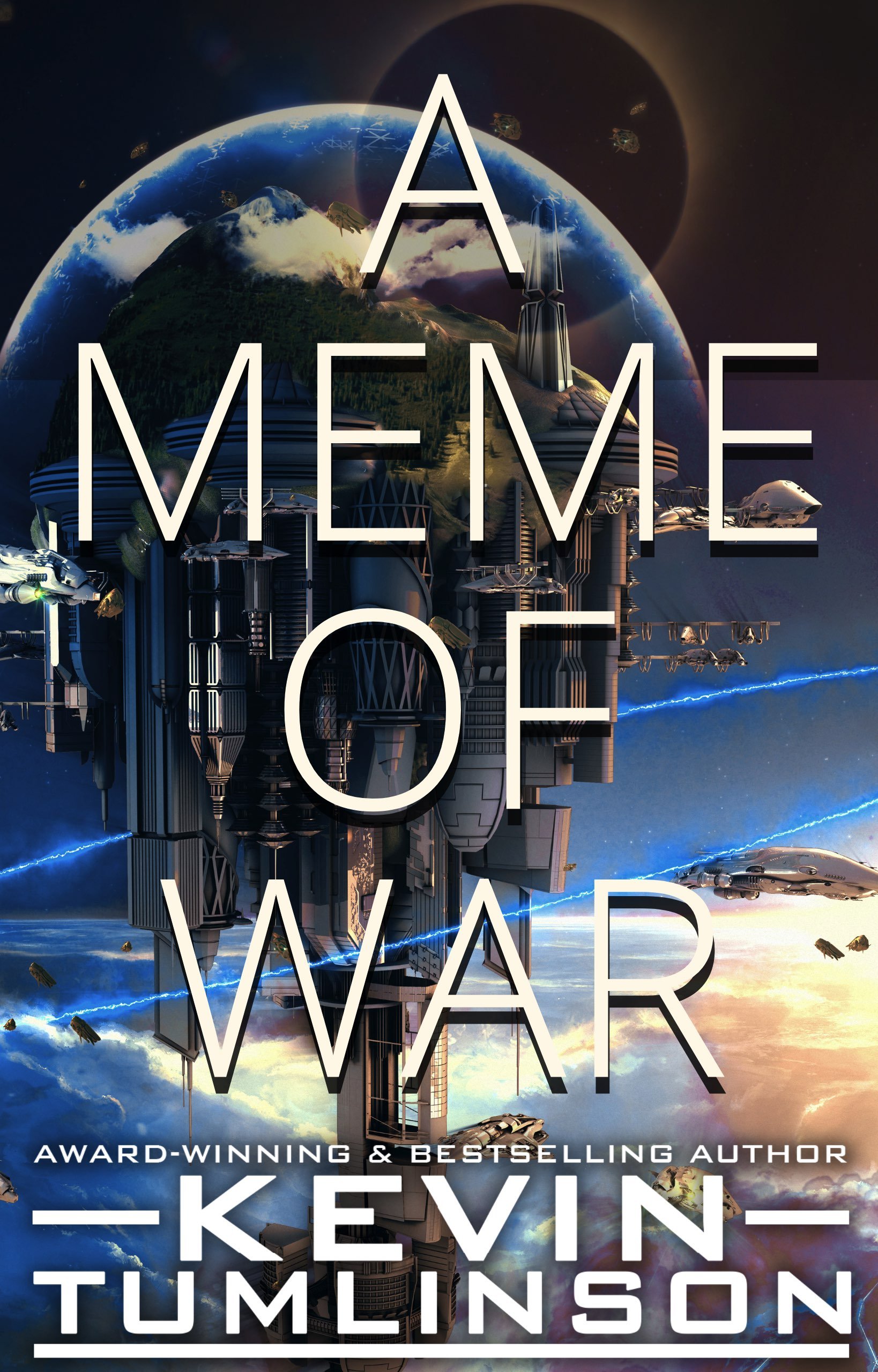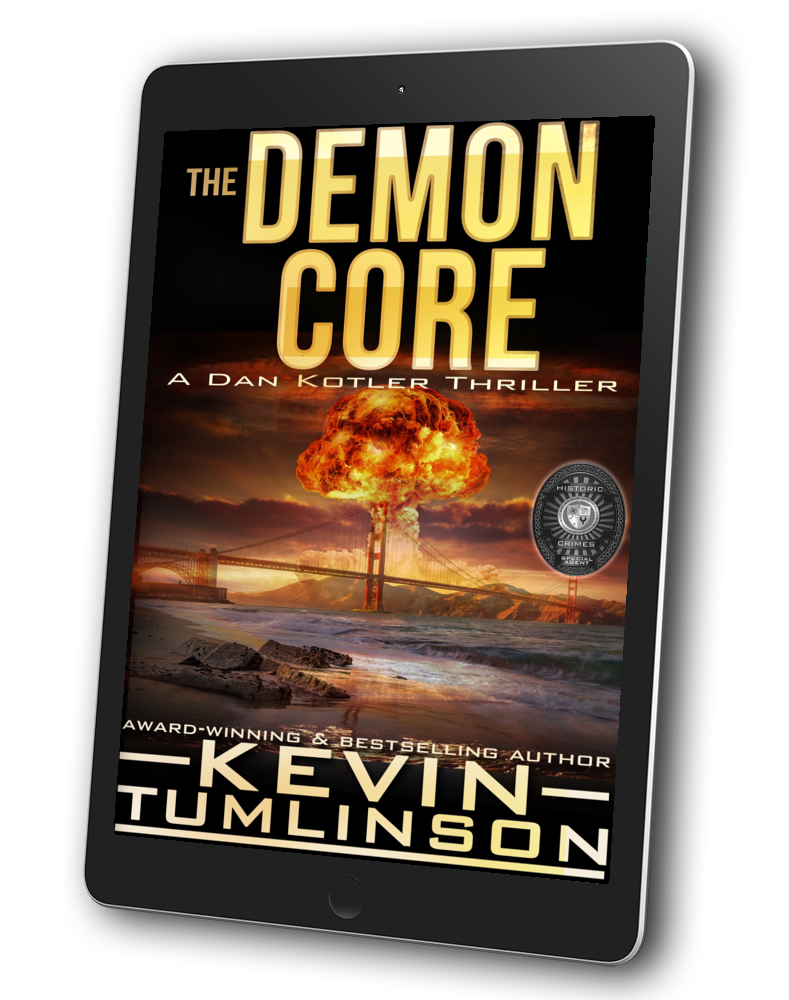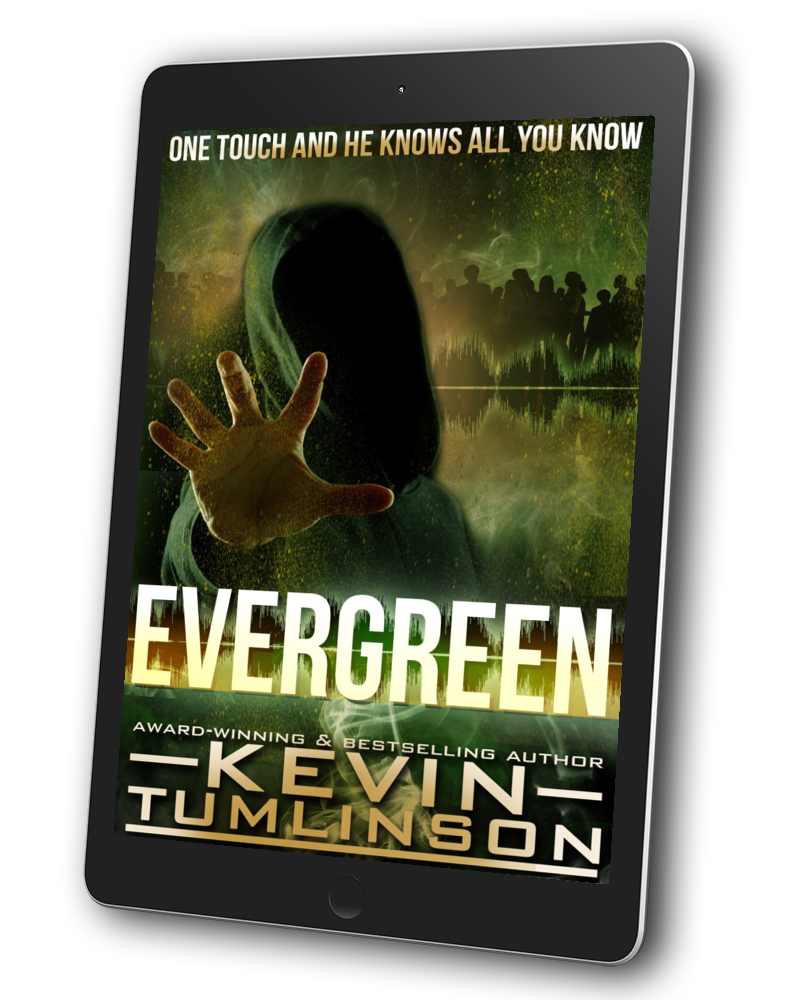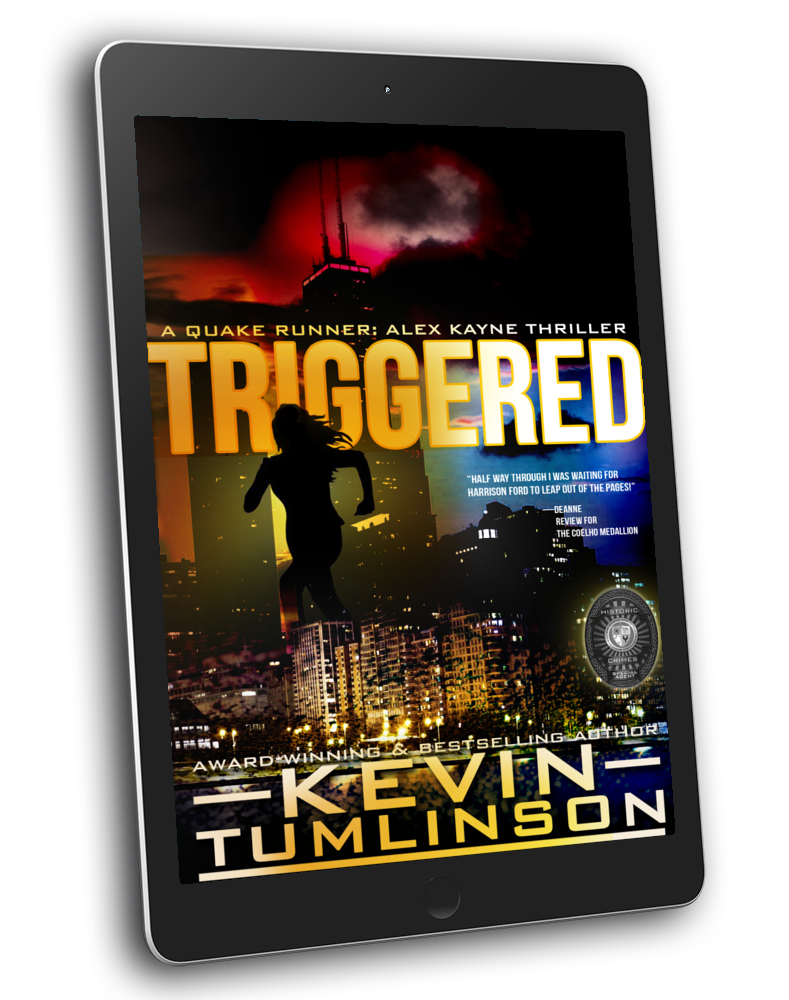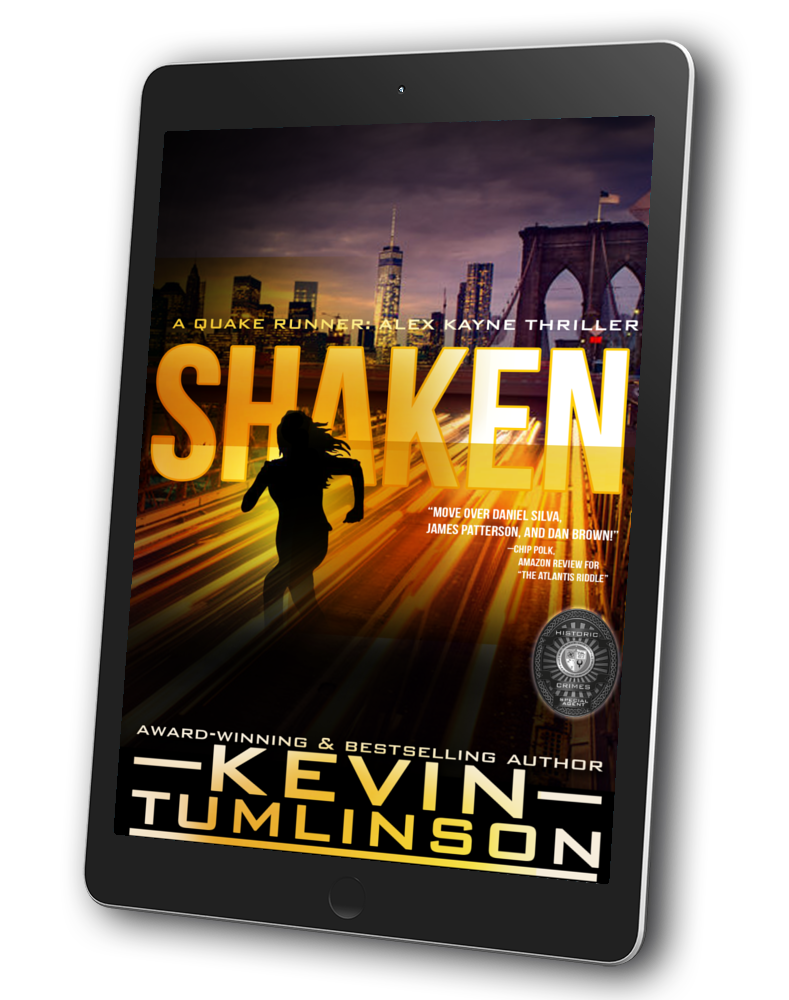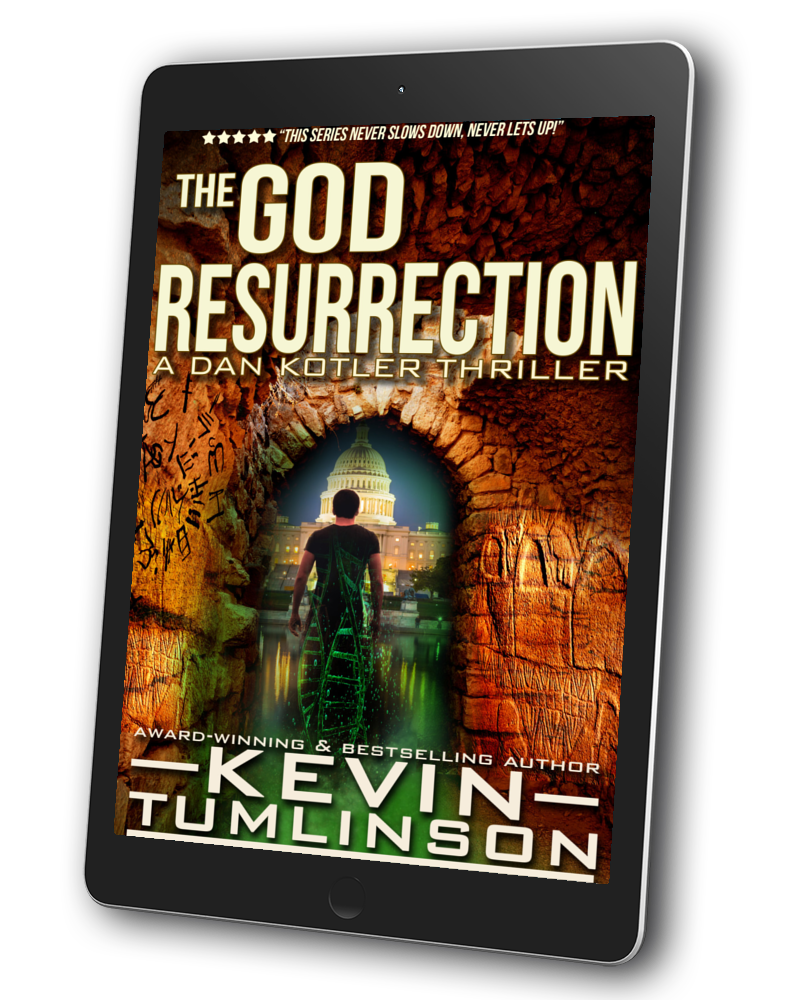I don’t need an office, I just want one.
I’ve been writing for a very long time. I started as a kid, using mostly lined notebook paper and a pencil, but sometimes writing in a little journal adorned with cartoon characters and quirky little writing prompts.
When I started doing the “serious” writing, the writing I thought of as my work, I still did a lot by hand. I used spiral notebooks and sometimes something fancier, like the little cloth-bound red and black Record book I must have picked up from a grocery store somewhere. My idea of fancy, anyway.
I’m big on journals and notebooks—I’ve had hundreds of them. Mostly I hand-write things in my little pocket Moleskines, but over the years I’ve collected dozens of leather bound journals, some super fancy, some only kinda fancy. I’ve also filled more spirals notebooks and legal tablets and ring binders than I can count.
But I’ve always had a hankering for the keyboard.
When I was in high school my grandmother bought me a Canon Typestar 110 electric typewriter. I was learning to type on those giant, blue IBM Selectrics in school, and the idea of a battery-powered typewriter that would actually allow me to scroll up and edit, in-line, was an amazing novelty. I wrote every school paper and tons of short stories and “first thirds” on that typewriter. “First thirds” is what I call the starter chapters for various novels I began and abandoned over the years.
Having a portable typewriter was handy, but at school I transitioned to the computer lab and to the computers in the journalism room. And that’s when I discovered the wonders of writing digitally. It wasn’t long after that I managed to snag a Commodore 128 and a dot matrix printer. My essays and papers and short stories didn’t look quite as crisp and clean as they once did, but there was suddenly a lot more of them.
After graduation I started college, and at the same time started working for Radio Shack. This was fortuitous, because I met my good friend Bob, who has been a lifelong pal, and who introduced me to flea markets. And it was at the flea market that I found and purchased my first laptop—a Tandy 1000 that was, at the time, nonfunctional. I paid $25 for it. A steal, even if it was a brick.
I have a background in electronics, so I was unafraid to open that laptop and see what was going wrong inside. It turned out to be something very simple and minor—a tiny short in the circuit regulating power, of the type that someone at a repair center must have made and overlooked. I removed the short with a soldering iron, and bam. Working laptop. Just in time for college English.
My English professor favored a particular word processing program, called Norton Textra, and had ensured that it was available for purchase in the college bookstore. It wasn’t expensive, from what I recall. But it was... glorious.
I had used various word processor programs up to that point, mostly whatever came with my computer. Which probably means something like Notepad, or whatever text editor was there by default. Norton Textra gave me a whole new lease on life, writing-wise. It had features, like grammar and spell check, and even a tool that measured the Flesch-Kincaid readability rating of your document.
Norton Textra was my word processor of choice for years, until Microsoft essentially overwhelmed the world to become the dominant word processing tool. I was, eventually, forced to trade my beloved Norton Textra for Microsoft Works, and then eventually traded that for Microsoft Word.
I still miss Norton Textra. Sometimes I Google it to see how it’s doing.
Since those early days, there’s been multiple technological revolutions. Writing went from being an activity I did while locked in my bedroom to something I could do while sitting at a cafeteria table to something I could do literally anywhere I was. I’ve had an evolution happen under my fingertips, from the humble pencil and sheet of notebook paper to desktop computer to clunky laptop to portable and handheld devices.
Even on that list, things evolved in astounding ways. At one point I was doing all of my writing on a Palm V with a portable keyboard—this was the era of the PDA, the “personal digital assistant,” which was the precursor of the smart phone and smart tablet. And from there I’ve had so many small, handheld writing tools and folding keyboards and Bluetooth devices, I couldn’t possibly recount them all.
The current version of all of that, though, is that I have multiple devices to allow me to write in whatever way I need, whenever I need to do it.
We’re currently on the road full time, so I’ve culled down some of what I had in my home office to be more portable. I was using a Mac Mini as my “office computer,” and my MacBook Pro as my “portable computer.” Because some of the work I do requires more computing power and options than writing requires. But because I’m obsessed with portability, I eventually started writing almost exclusively on my iPad Pro. Its “always-on” internet makes it ridiculously useful for quick research, and for instantly backing up everything I write to the cloud, which facilitates writing on whatever device I need, whenever I need to switch.
For a long while I was traveling to conferences via airplanes and rental cars, staying in hotel rooms just long enough to sleep and shower, and spending most of my time in hotel bars and lobbies. For those trips, I started using my iPhone for writing. All the same software is there, and it’s always in my pocket.
At first I made sure I always had a folding keyboard or a Bluetooth keyboard with me, to make writing on my phone easier. But at times that’s tough, too. And sometimes I find myself sitting in space or waiting in a line or seated at an event that isn’t keeping my attention, and the urge to write strikes. So I have learned to use the onscreen keyboard of my iPhone, which allows me to write and edit from literally anywhere, literally anytime.
It’s been quite an evolution.
The point is, people often ask me about what it’s like to write from the road. They wonder if I ever feel cramped in the van, or if I ever get tired of having to “find a place to write.” They ask me if I miss my writer’s space, my little home office.
I do. But not for the reasons they may think.
The truth is, I’ve learned how to have an “office anywhere” headspace.
My typical writing setup, in the van, is to turn the passenger seat around, kick my feet up on a little folding camp stool, and place my iPad on a little lap desk that rests on my knees. It’s probably one of the most comfortable writing spaces I’ve ever had. I may keep doing it, once we’re back in a house full time.
And of course, I have my iPhone, which lets me write from literally anywhere.
And to keep distractions at bay, I plug in my AirPod Pros, which dampen outside sound and let me “close the door” to what I think of as my “mental office.”
This setup is flexible, and portable. Which is exactly what I need. It’s also kind of inspiring.
I’ve come to realize that I have always preferred keeping my life and work portable. I have always preferred the “write from anywhere” philosophy. And technology has been evolving as I go, allowing me more and better options. It’s been wonderfully accommodating.
I’m blessed to live in the era I do, but I think that in any era I would eventually have made my writing portable. What is a pocket Moleskine, after all, if not the ancestor of the iPhone? And portable typewriters... those have been around for centuries. I own a couple as collectibles now, and in a pinch I would definitely carry one along with me and set it up wherever I needed to work, if I had no other options.
Office anywhere. Write anywhere. It’s a philosophy that’s allowed me to travel full time and still produce books, stories, blog posts and more. The evolution of my writing life has made given me the flexibility and power to be a writer on my own terms. And that is something pretty wonderful.
YOU ARE READING SIDE NOTES
Side Notes is an extension of my Notes at the End, which are author’s notes that appear at the end of every one of my novels. If you like these posts, you’ll love the books.
If you’d like to support me (and see more posts like this) you can do me two favors: First, peruse my catalog of books and find something you’d like to read; and second, join my mailing list to become part of an amazing community of readers and friends I interact with regularly. Thank you for your support!
